Factors That Cause The Demand Curve To Shift

Breaking: Consumer demand is in flux! Prices could surge or plummet as forces beyond price itself reshape the market.
This article dissects the key factors triggering shifts in the demand curve, revealing why consumer behavior is proving increasingly unpredictable in today's economy. Understanding these drivers is critical for businesses and consumers alike to navigate the volatile economic landscape.
Income's Impact: Are Wallets Getting Fatter (or Thinner)?
Changes in consumer income are a primary driver of demand shifts. Specifically, an increase in income typically leads to an increased demand for normal goods. Conversely, a decrease in income can trigger a rise in demand for inferior goods, cheaper alternatives people turn to when budgets tighten.
Consider the impact of recent inflation figures. According to the Bureau of Labor Statistics, real wages have struggled to keep pace, indicating a potential shift away from premium brands and towards more budget-friendly options.
The Price of Related Goods: A Domino Effect
The prices of related goods – both substitutes and complements – exert significant influence on demand. If the price of coffee soars, demand for tea (a substitute) will likely increase.
Conversely, if the price of gasoline spikes, demand for large SUVs (a complement) might decline. The surge in electric vehicle sales can be seen as a reflection of both environmental concerns and the volatile price of traditional gasoline-powered vehicles.
Tastes and Preferences: The Ever-Changing Consumer Mind
Consumer tastes and preferences are notoriously fickle, driven by trends, advertising, and cultural shifts. A viral social media campaign can send demand for a product skyrocketing overnight.
Conversely, negative publicity can decimate sales just as quickly. For instance, reports of ethical concerns surrounding a brand's supply chain, for example, can result in a rapid decrease in consumer preference, regardless of the price.
Expectations: A Glimpse into the Future?
Consumer expectations about future prices and availability also play a crucial role. If consumers anticipate a price increase, they may rush to buy a product now, boosting current demand.
Conversely, expectations of a future recession could lead to a decrease in spending and overall demand. For example, if consumers believe the price of new phones will be lower next year, they may hold off buying a new phone now.
Population and Demographics: A Numbers Game
Changes in population size and demographics directly impact overall market demand. A growing population naturally leads to increased demand for basic necessities like food and housing.
Shifting demographics, such as an aging population, can also create new demands for healthcare services and retirement planning. Data from the U.S. Census Bureau highlights the growth of specific age cohorts, revealing potential areas of increased demand.
Government Policies: A Guiding Hand
Government policies, including taxes, subsidies, and regulations, can significantly influence demand. A tax on sugary drinks, for instance, aims to decrease demand for those products.
Subsidies for electric vehicles, on the other hand, are designed to increase demand. New environmental regulations might require businesses to invest in more advanced equipment, creating a new demand for eco-friendly tech.
Analyzing the Data: Examples in Action
The recent surge in demand for bicycles and home fitness equipment during the COVID-19 pandemic illustrates the combined impact of several factors. Government-mandated lockdowns (government policy), closures of gyms (price of related goods), and increased health consciousness (tastes and preferences) all contributed to a rightward shift in the demand curve.
Another example is the decline of video game consoles following the 2000s, when mobile gaming (a substitute good with easier access and sometimes free of charge) saw a surge. The demand of console dropped as more people spend their time playing mobile games and mobile games became more advance.
Likewise, the recent increased of insurance rates for areas near the sea (affected by climate change) are causing demand for houses in the area to drop. This can be explained by expectation (of more expensive rates in the future) and government policies (to push people out of those areas).
What's Next? Navigating the Shifting Sands
Businesses must continuously monitor these demand-shifting factors to adapt their strategies. Failure to anticipate these shifts can lead to overstocked inventory, missed opportunities, and ultimately, financial losses. Consumers will also benefit from understanding these forces, enabling them to make informed purchasing decisions and navigate the fluctuating market with greater confidence. Further analysis of economic indicators and consumer sentiment surveys is crucial to predicting future demand trends.

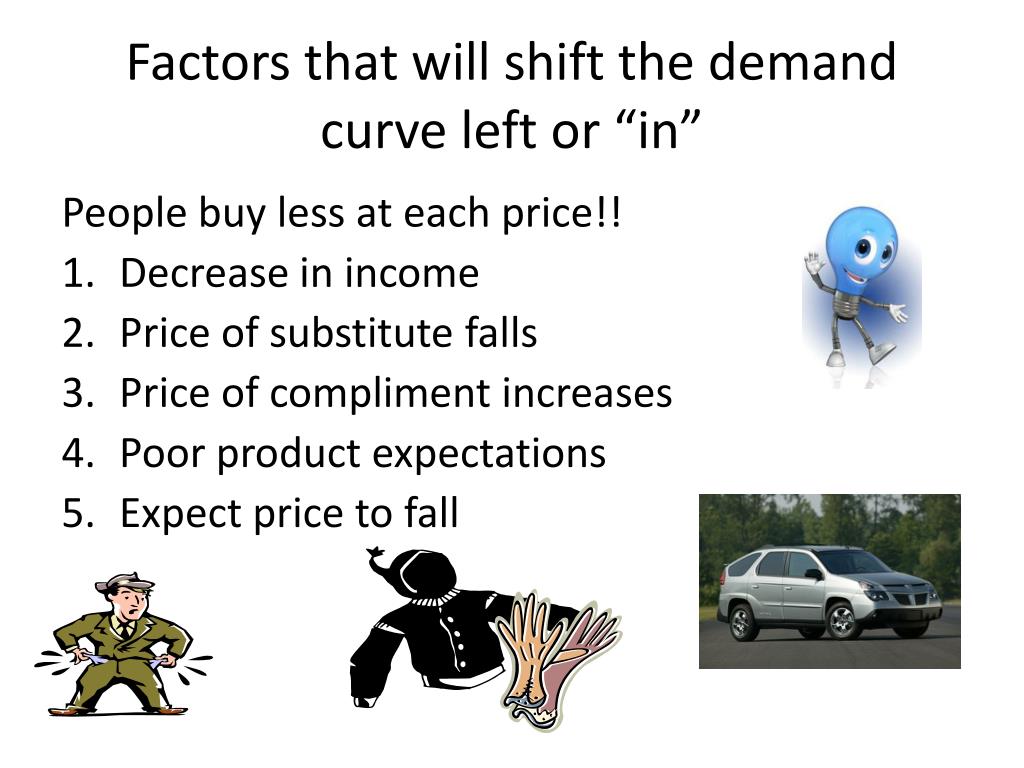




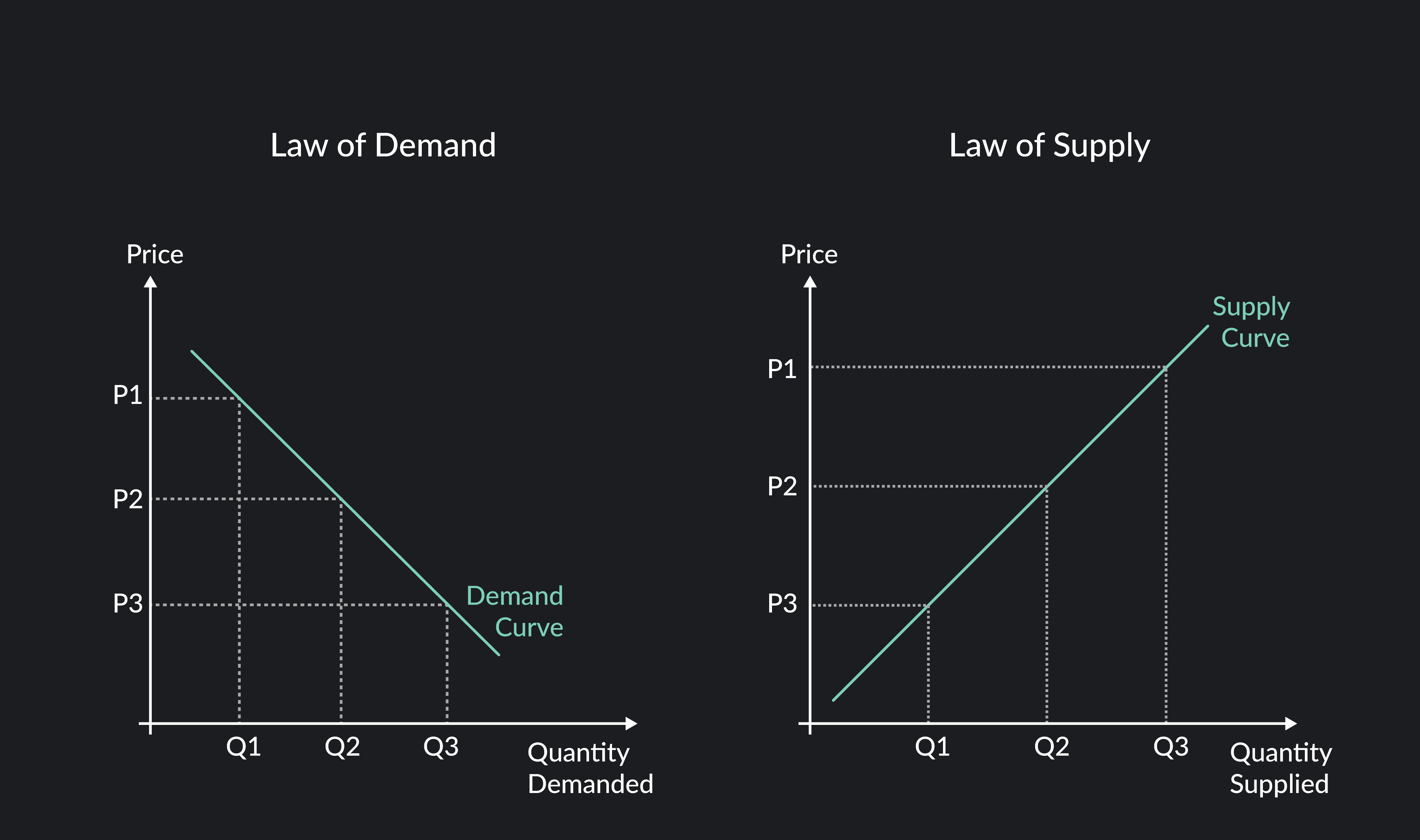
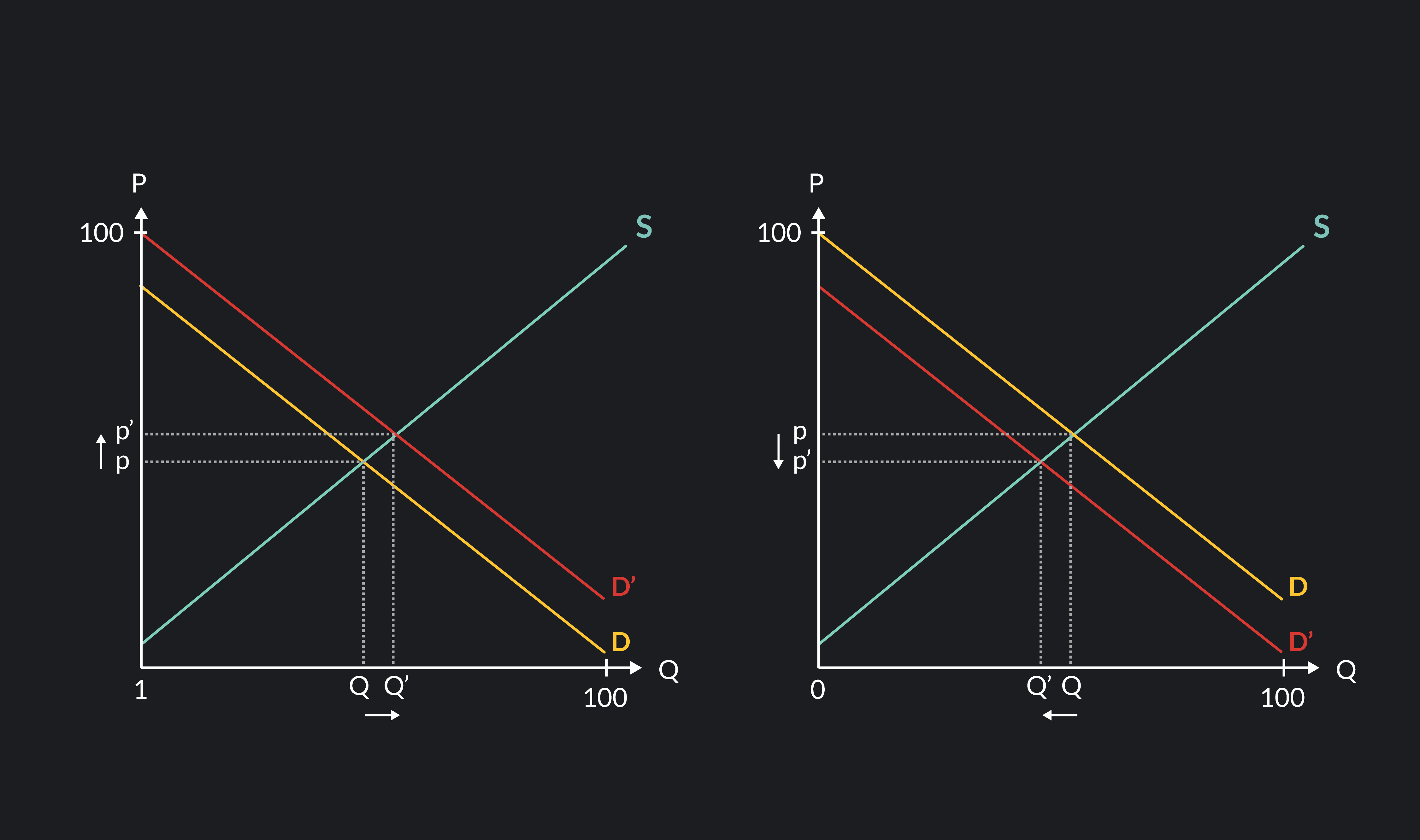
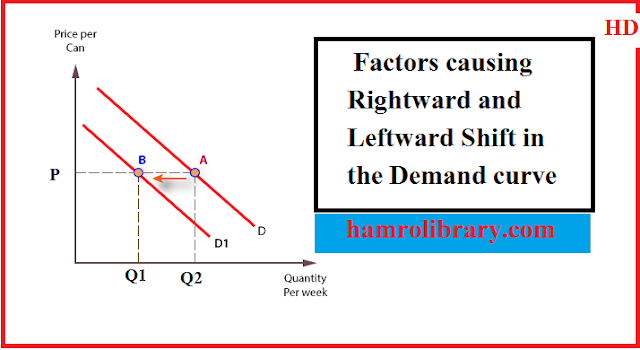

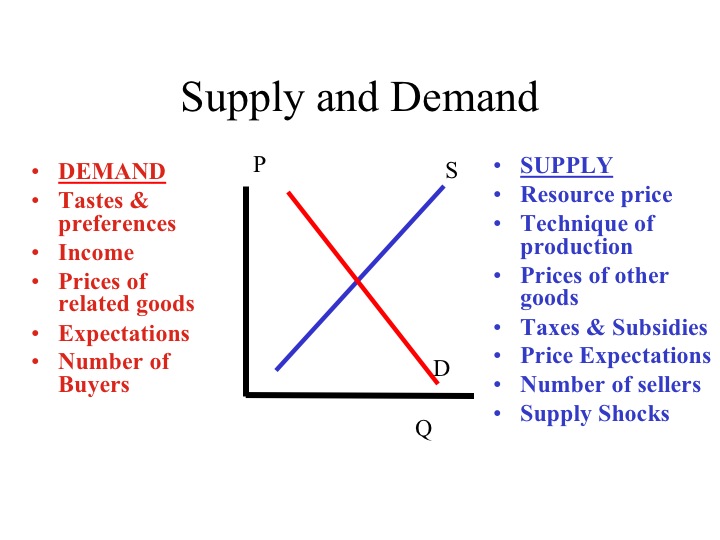
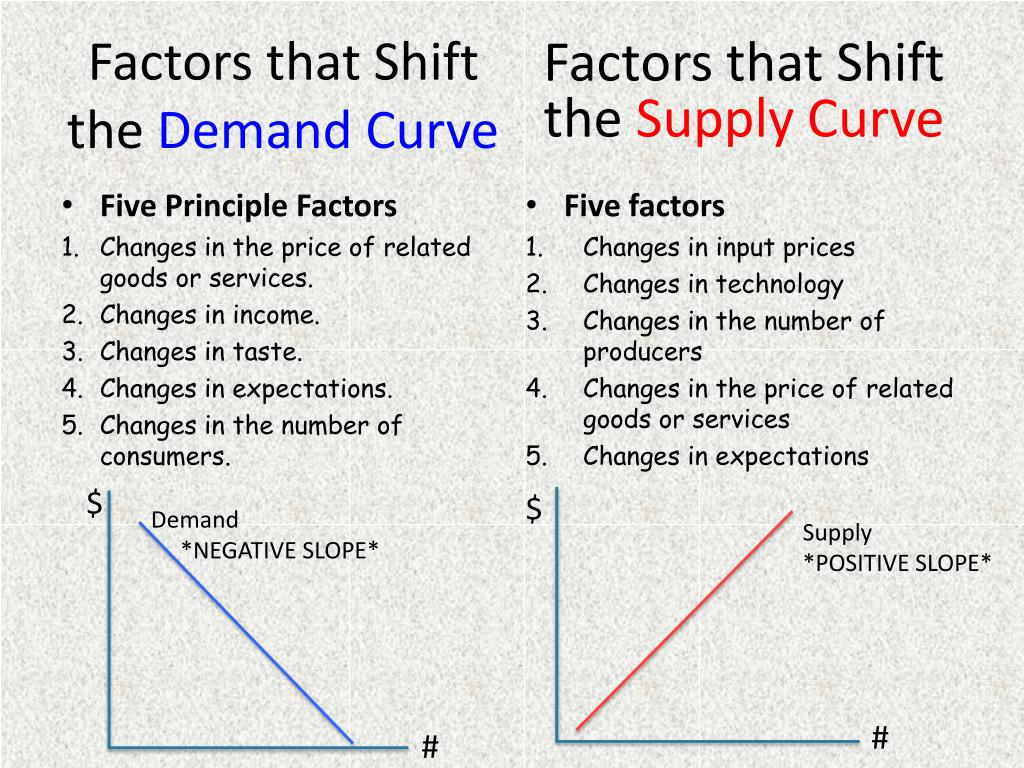
.jpg)



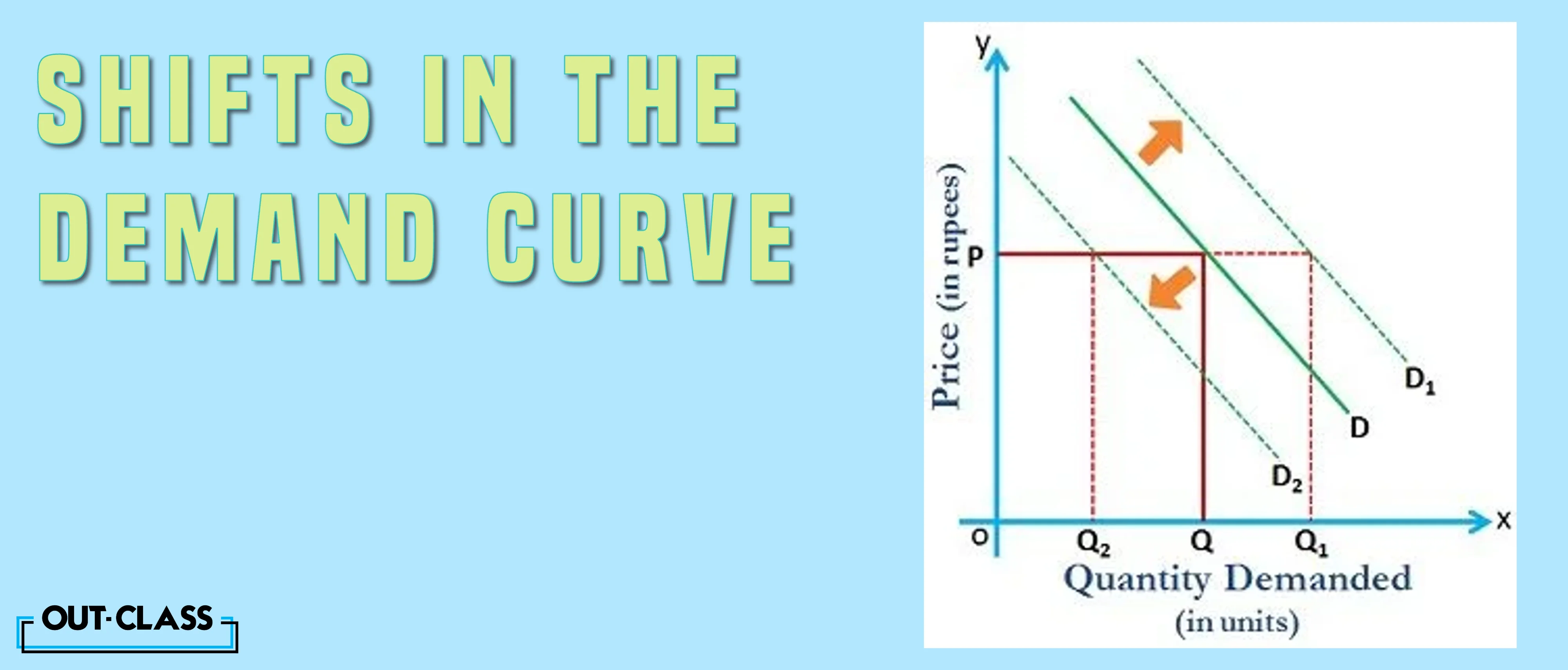
:max_bytes(150000):strip_icc()/Demand-Shifters-5-58bf035b5f9b58af5cabc2d7.png)
